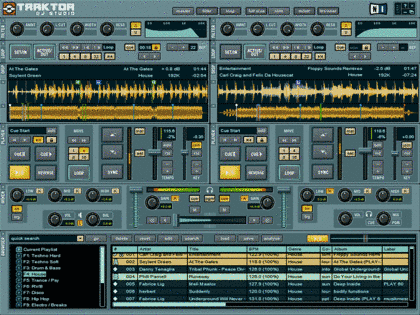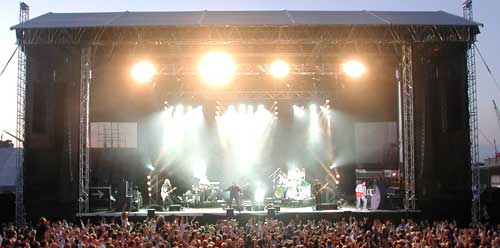Neyrinck Audio has begun delivering its new SoundCode for DTS plug-in suite for Digidesign® Pro Tools systems to pro audio dealers. List price is $995 (US).
SoundCode for DTS is the newest addition to the Neyrinck SoundCode product family of professional surround sound encoder/decoders. The line first appeared in 2005 with the release of the SoundCode for Dolby Digital plug-in.
The SoundCode for DTS plug-in suite is tightly integrated with Pro Tools software. It provides mastering-quality workflow tools that enable encoding and decoding of DTS Digital Surround, 96/24, and ES audio directly within Pro Tools HD, Pro Tools LE, and Pro Tools M-Powered systems.
“SoundCode for DTS is a must–have for post production professionals delivering high-quality audio for DVD-Video and DVD-Audio,” comments Paul Neyrinck.

Neyrinck Audio's SoundCode for DTS Encoder Plug-In
The SoundCode for DTS Encoder, which operates as an AudioSuite™ plug-in, offers a faster-than-real-time way to encode audio from a Pro Tools session – ready for use with DVD audio and video authoring applications. The time-saving Punch In/Out encoding feature allows users to punch in fixes to an existing DTS file. If the audio for a two-hour program has already been encoded, but a single line of dialog needs to be replaced, SoundCode can encode just that line, without having to re-encode the entire two-hour soundtrack. In addition to DTS 5.1 Digital Surround, DTS 6.1ES Discrete mode can be used to encode a rear center channel for increased surround localization and spatialization. DTS 96/24 mode can be used to encode 96 kHz, 24-bit audio up to 5.1 channels for applications requiring the highest fidelity possible.
The SoundCode for DTS Decoder functions as a real-time RTAS® plug-in or a non-real-time AudioSuite plug-in. The real-time decoder features Sample-Accurate Direct File Decode to decode a DTS file in real-time synchronized to the Pro Tools timeline and video. Simply point SoundCode to the DTS file and press play for mastering-quality confidence monitoring. The decoder also features a legacy monitor so a user can hear how 96/24, 5.1 ES, and 6.1 ES streams will decode on a legacy 5.1, 48 kHz system. Using the AudioSuite decoder, users can decode all or a portion of an audio file faster than real time, or view the metadata of a DTS file.
SoundCode for DTS is compatible with Pro Tools LE and M-Powered systems so that low-cost encoding/decoding workstations can be configured in post production and DVD authoring facilities. The fully functional encoder can encode a surround mix from a set of imported mono tracks. The decoder stereo can output a DTS bitstream over SPDIF to an external home theater decoder for surround monitoring.


 Royer
Royer